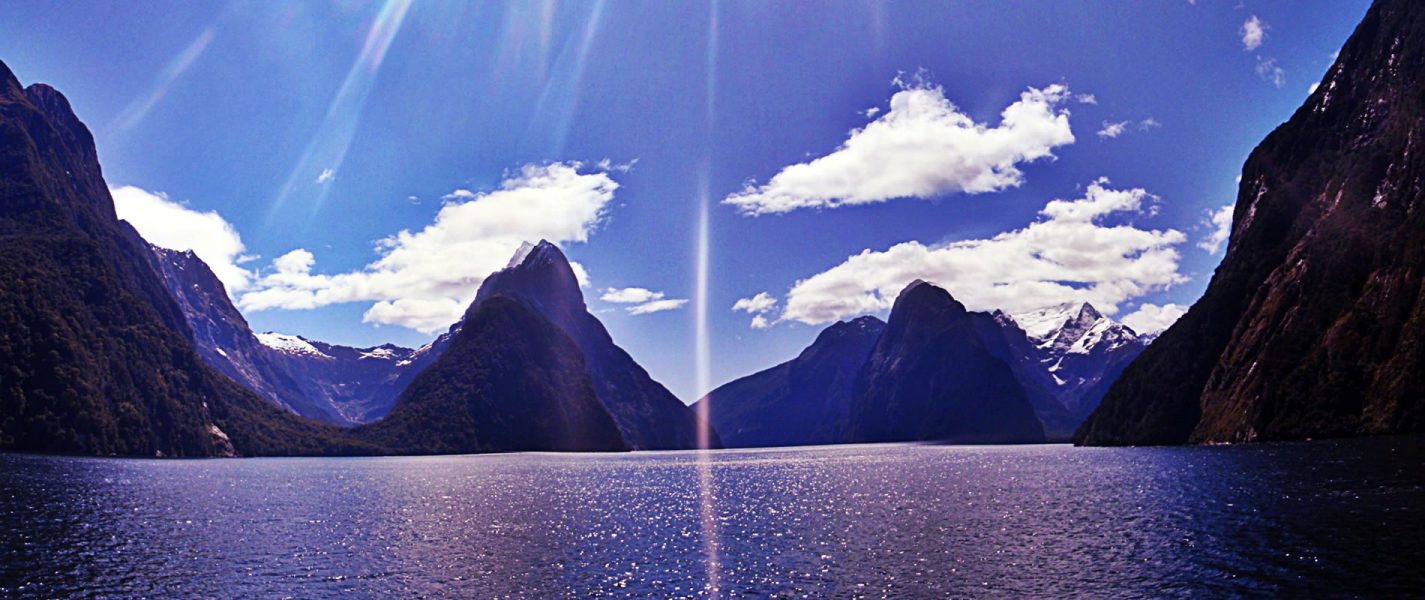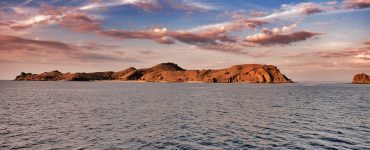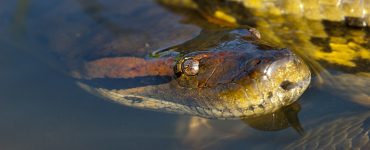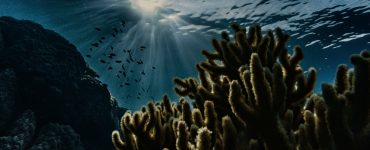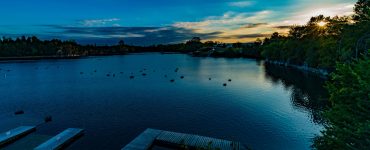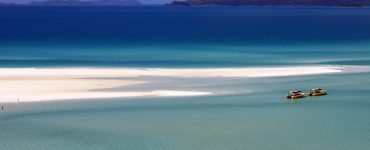Now attracting over half a million visitors every year, the World Heritage listed deepwater basin of Milford Sound is comfortably the most popular natural attraction in New Zealand.
An epic landscape carved during the last ice age, the sea cliffs bordering Milford are among the tallest in the world, often covered with a thick dusting of snow.
With so much to offer above the surface, it may surprise you to learn that the marine reserve below the mountains provides an exceptional diving experience.
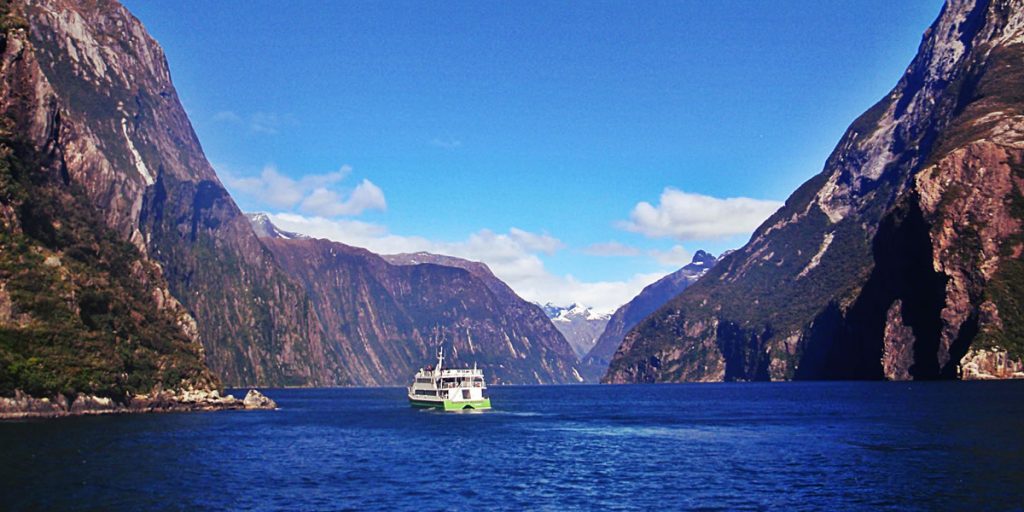
These towering cliffs attract a huge amount of annual rainfall, some of the highest volumes in the world. This water flows through forests of beech and leaps down the cliffs in an impressive display, driving a layer of tannin stained, light filtering freshwater onto the fiord.
This, coupled with a lack of direct sunlight, has promoted the development of a unique underwater habitat. The steep slopes descend below the surface, where the clear, dark waters of the basin have allowed deep-sea species to thrive at much shallower depths. The most prominent example of this is black coral, which usually lives at depths in excess of two hundred meters, at Milford these ancient organisms can be found within ten meters of the surface.
From an established base, their dark branches can extend up to three meters, deceptive bright growths cover the skeleton, giving the trees of coral a vibrant, white appearance. Shrubs of smaller, sturdy red coral can also be discovered in the waters just below their relatives, protruding from crevices between the rocks.
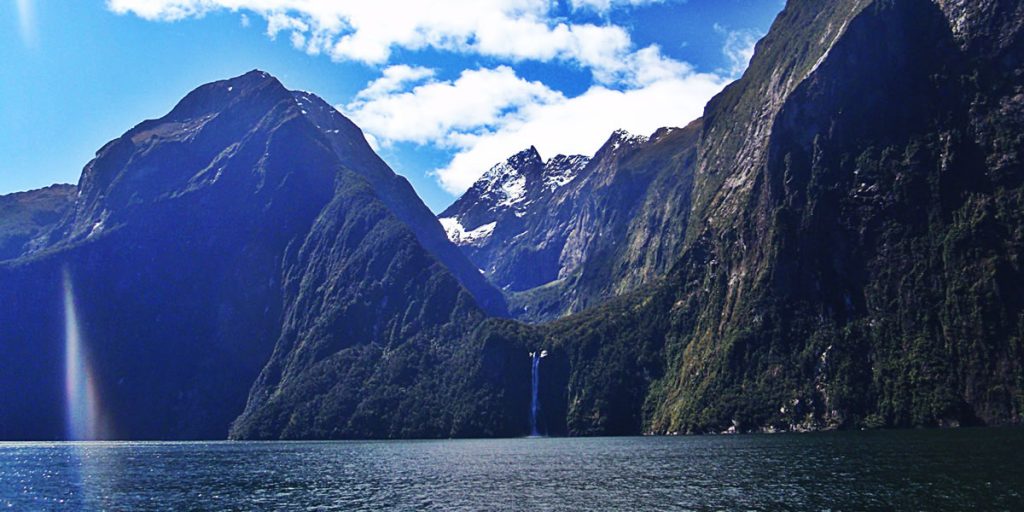
Another species usually confined to the darkness of the deep is the rare spiny sea dragon. If you are very lucky, these beautiful, elusive creatures might reveal themselves near the surface. Butterfly perch also love to shelter amongst the coral, along with Fiordland rock lobsters, which can grow to an impressive size. Lured by curiosity, fur seals or bottlenose dolphins may also join you for a playful paddle.
Surprisingly, one of the most visually stunning creatures found in these waters is actually a sea slug. The curiously named Jason mirabilis is unique to the frosty New Zealand seawater, it boasts a bright purple body and is surrounded by dancing white tentacles.

Perhaps you assumed this already when I mentioned the snow, but these waters are not very warm. A thick wetsuit is a necessity. It is equally important to consider the nine hundred meter mountain pass you must drive over to depart Milford. For anything beyond a single, shallow dive a comfy bed in the village might be necessary to lower the risk of decompression sickness. Honestly, there are worse places to be stuck for the night.
For those who don’t fancy leaping into the icy water, there is an underwater observatory floating in the bay near the village. Accessible only by boat or kayak, it provides comfortable views of the marine environment from a large submerged chamber. Regardless of how you choose to explore this beautiful region, there are rewards waiting above or below the murky surface.


